
Emergency Medicine
Latest News
Latest Videos

CME Content
More News

Federal backup camera mandate cut pediatric backover injuries and deaths, though risks remain for children in older vehicles without cameras.
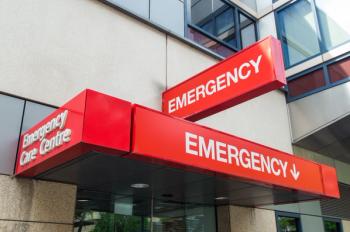
Nearly 1 in 4 children with firearm injuries had prior ED visits for crashes or violence, highlighting opportunities for early intervention.

EMS calls for opioid exposures are increasing among pre-teens, with younger children showing higher acuity than older adolescents.

Prompt opioid dosing in emergency care may reduce hospital stays for children with sickle cell disease pain, new research revealed.

Though intensive nurse home services did not change outcomes in this South Carolina study, authors noted more research is needed on a larger scale to determine influence on adverse outcomes.

"Less pain and no need for sedation are major benefits," said Jon Matthew Farber, MD, in this edition of Journal Club.

Racial, socioeconomic disparities in emergency management of unintentional ingestions among children
New research shows racial and socioeconomic disparities in emergency care for unintentional ingestions in children, highlighting treatment inequities.

“The significant rise in heat-related illnesses over the past decade underscores a growing public health concern that warrants further attention and action, said Taylor Merritt, MD, of the data presented at the AAP National Conference & Exhibition.

ICD-10 accuracy varied by age of the patient, influenza season definition, time between onset and testing, and clinical setting.
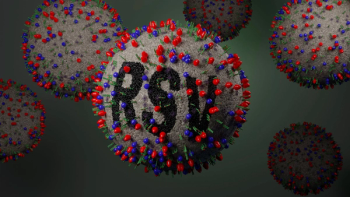
Cohort analysis shows the rate of RSV hospitalizations among children up to 5 years old skyrocketed in 2021—and then nearly doubled again in 2022—compared to pre-pandemic rates.
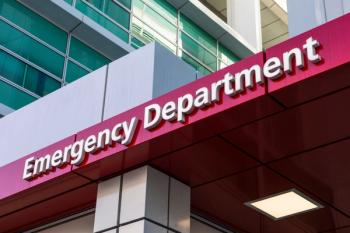
A novel instructional video tool was shown to effectively inform parents and guardians on fever etiology and care strategies in children being discharged from the pediatric emergency department.
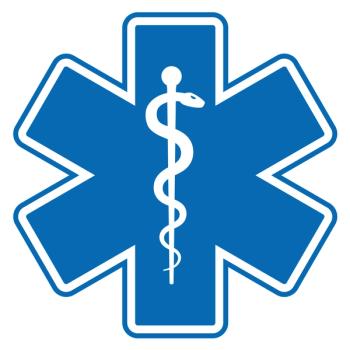
Decreasing severe adverse safety events (ASEs) could improve the poor outcomes associated with children with out-of-hospital cardiac arrest (OHCA), since 60% had at least 1 ASE.

Leah K. Middleberg, MD, FAAP, explains her research on magnet ingestion and socioeconomic disparities, which was recently presented at the 2023 American Academy of Pediatrics National Conference & Exhibition.

The AAP recently updated their recommendations urging schools to be prepared for emergency medical situations including seizures, diabetes, allergies/anaphylaxis, mental health, substance use, or asthma.
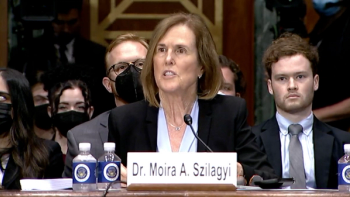
Ahead of the US Senate Judiciary Committee hearing on gun violence prevention, the American Academy of Pediatrics announced the submission of a statement including more than 300 pediatricians sharing their personal testimonies on the subject.

While antibiotic dosing was correct, therapy duration was frequently inappropriate.

Does readiness to treat pediatric patients in the emergency department lead to less mortality in the year following presentation? An investigation offers answers.
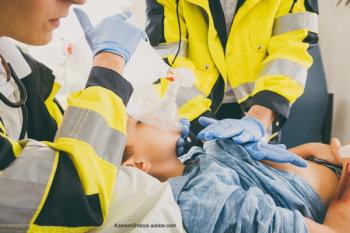
Access to all forms of health care can be hard to find in rural areas. A new report examines how this impacts pediatric emergency medicine.

At the virtual 2021 Pediatric Academic Societies meeting, Niloufar Paydar-Darian, MD, attending physician at Boston Children’s Hospital, presented the results of a quality improvement program with the aim of eliminating serious preventable adverse events linked to discharge.
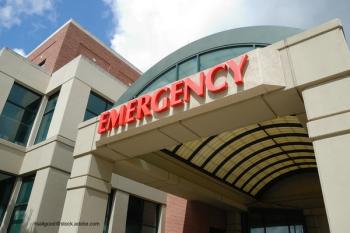
It's very likely that every medical provider will commit at least one medical error over the course of one's career. This infographic illustrates 7 common causes in emergency care.

Let’s continue to be vigilant in our practices to prevent medical errors, thus attaining what we all strive for: helping our pediatric/adolescent patients return to their normal thriving state of health and well-being.
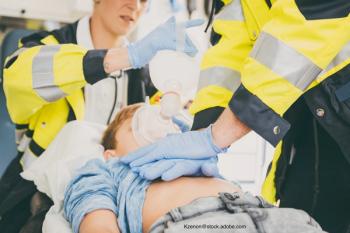
A medical error is not an unusual event, although most are minor. The emergency department is one place where medical errors are more likely because of the chaotic nature. Here's a look at common mistakes and some cases where mistakes were made.
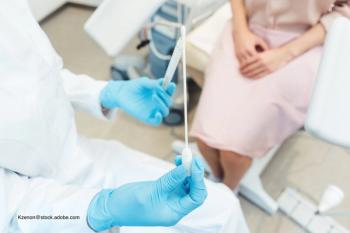
Are targeted screenings for sexually transmitted infections (STIs) or universally offered screenings more cost effective than not screening? An investigation offers some answers.

Identifying febrile children who have a life-threatening infection in an emergency department isn’t easy. An investigation looks at whether a new assessment can improve that identification.
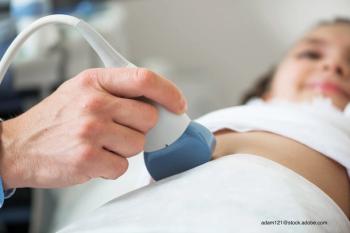
Best practices for imaging in emergency departments has changed over the years. A new report offers a look at the trends in the past decade.


















